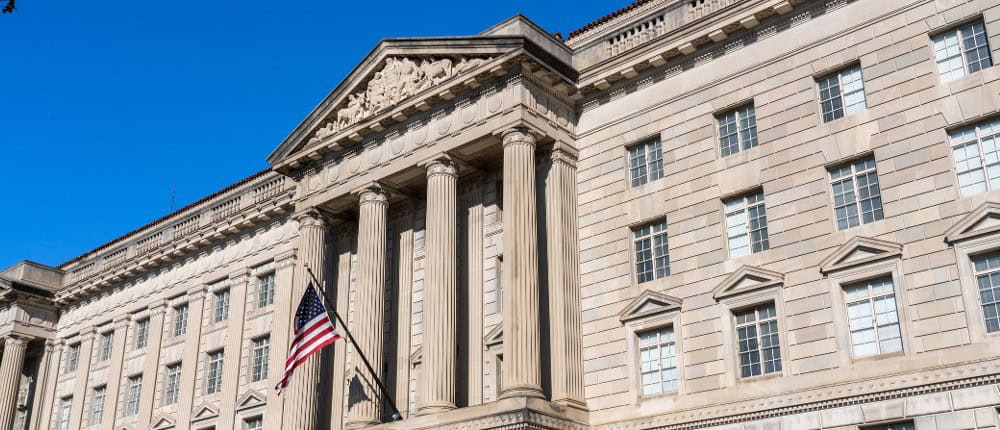Retail sales are proving resilient in the summer months.
Retail sales rose a seasonally adjusted 0.2% in June, representing the third consecutive month of increases. However, this metric, a measure of spending at stores, online and in restaurants, is increasing at a decreasing rate relative to prior months. Fed officials are expected to raise rates to a 22-year high later this week as economic activity has not slowed as much as anticipated. Items such as furniture, electronics and online shopping grew, whereas grocery store, gas stations, hardware, and sporting goods sales declined. With momentum deteriorating in the retail sector and an additional 25 basis point increase from the Fed in their July 25/26 meeting, we could potentially see retail sales flatline or even retract to close out July. Higher rates make larger ticket items such as cars and appliances less affordable for customers who elect to finance those purchases. Similarly, they can increase total credit-card balances, which also applies downward pressure on spending. Preliminary results from the University of Michigan’s survey of consumer sentiment climbed to a two-year high, a nod to easing inflation coupled with a strong job market. On the same note, wages rose 4.00% in June YoY while consumer prices increased just 3.00%. This marked the first time since early 2021 where wages outpaced CPI, a testament again of cooling inflation and increasing earnings for employees within the private sector – could this also be an indicator of continued inflationary pressure? The Fed appears to be edging closer to the desired sweet spot of economic momentum, and consumer spending is a helpful tool when gauging when to put pressure on the gas, or the brake.
U.S. bank earnings show stable capital, higher charge-offs, and margin compression.
Over the last two weeks, most of the U.S. money centers and regional banks have reported earnings and the results were broadly in line with expectations. Almost all the banks we cover have shown increases in capital from the first quarter despite expecting lower stress capital buffers from the Federal Reserve Stress Tests last month. Large banks are expecting to face higher capital requirements due to the implementation of Basel IV, and smaller regional banks are expecting higher regulatory capital requirements in the wake of bank failures this March. Asset quality was the key discussion point this quarter with banks producing more granular data on the health of their commercial real estate (CRE) portfolios, and all the banks showing an uptick in net charge-offs that were primarily caused by credit cards. While the commercial portfolios and residential mortgage portfolios continue to show strong credit metrics, credit cards are showing higher earning balances and larger write-offs. Finally, we are seeing banks increase their deposit rates to try to retain and attract deposits. Deposit rates and interest expenses were up the most at the regional banks resulting in compression to their net interest margin; however, deposits were stable, so it would appear that higher rates have appeased depositors. The largest U.S. banks raised rates but were still able to offset most of that increase leading to higher net interest margins compared to last quarter. We expect margins have likely peaked and will compress further as banks compete with money market fund for deposits. Second-quarter earnings showed that the U.S. banking system remains strong but is beginning to see higher costs and some deterioration in asset quality which will likely keep banks in a defensive posture moving forward.
Economic slowdown in the Eurozone deepens.
The purchasing managers’ index (PMI) is a widely used metric that measures economic activity based on a survey of senior business executives and is often more timely than hard economic data which can be lagged. The most recent July data suggests that economic slowdown is beginning to take hold in the Eurozone on the back end of a long-fought battle to cool economic activity with the goal of taming inflation. Manufacturing PMI in the region deepened to the lowest level since the pandemic amidst one of the sharpest declines in the history of the index, as new orders sank at the fastest pace since 2009. The composite PMI (which measures activity across both manufacturing and services sectors), fell to an eight-month low. This suggests the measure is in contraction territory after a sharp slowdown in the services industry, which for the past three years has largely been providing an uplift. Although this data suggests that a recession in the region is increasingly likely, this is just one of many metrics that can be used to predict economic growth. Unemployment in the region fell to a record low of 6.5% in May, and wages continued to grow at 5.0% in the first quarter, which is also a near-record for growth. Eurozone inflation also slowed more than estimated to 5.5% in June, the lowest level in over a year, and is expected to slow further when July pricing data is published next week. All these metrics are factoring into an increasingly contentious decision by the ECB whether to finally pause interest rate increases at their next meeting July 26.



